This coastal garden, located on Victoria’s Mornington Peninsula, was designed for both performance and beauty — a layered landscape built to withstand wind, salt, and seasonal extremes. With panoramic views of the bay and a bold architectural form, the planting palette was selected to complement the structure while softening its edges.
Site Conditions
-
Coastal Exposure: Strong winds, salt-laden air, and full sun
-
Soil Type: Sandy, free-draining, with minimal organic content
-
Maintenance Requirement: Low-intervention, high-structure
Existing Features
The property featured mature Moonah trees (Melaleuca lanceolata) along the clifftop — sculptural, resilient, and iconic to the coastal landscape. These were retained and used as an anchor for the design, providing natural windbreak and a sense of established grounding.
Design Goals & Intent
| Species | Role / Function | Key Traits & Adaptations |
|---|---|---|
| Laurus nobilis ‘Miles Choice’ (Bay Tree) | Boundary screening and defining vertical structure; provides rhythm along fence-lines and edge zones. | Strong salt tolerance; responds well to clipping/pruning; dense evergreen foliage that resists wind. |
| Olea europaea (Olive Tree) | Placed at focal points and entry zones; adds sculptural form and connects colour palette with coastal tones. | Silver-grey foliage reflects sunlight; drought tolerant; survives in free draining soils; long lifespan. |
| Rosmarinus officinalis(Rosemary) | Groundcover / slope stabiliser. Erosion control and fragrance; adds understorey texture. | Hardy; tolerates poor soils; minimal water requirement once established; evergreen with seasonal flowering. |
| Westringia fruticosa, Poa labillardierei, Correa alba | Native shrub layering; understorey planting for contrast, seasonal variation, habitat value. | Thrive in nutrient-poor, sandy soils; drought and salt tolerant; native fauna attractors; variation in form, colour and texture across seasons. |
Planting Strategy
The palette focused on structure, hardiness, and visual movement. Trees and shrubs were selected for resilience and form, offering contrast and year-round interest.
Laurus nobilis ‘Miles Choice’ (Bay Tree)
Used extensively for boundary screening and structural definition. Facing the ocean, these trees were selected for their salt tolerance, tight form, and ability to be clipped into strong vertical lines that provide privacy and rhythm.



Olea europaea (Olive Tree)
Positioned at key entry points and within open lawn zones. Their sculptural quality and silver-grey foliage mirror the tones of the sea and natural stone, while offering resilience to dry, exposed conditions.

Rosmarinus officinalis (Rosemary)
Mass planted as a low groundcover to support erosion control on sloped areas. Hardy, fragrant, and coastal tolerant, it adds textural softness and practical function.

Westringia fruticosa, Poa labillardierei, and Correa alba
Native shrubs layered for foliage contrast and low maintenance performance. These species offer habitat value, seasonal variation, and thrive in poor soils.


Design Intent
-
Privacy without blocking views
-
Movement and softness next to a strong architectural form
-
Longevity — every species selected for long-term performance in coastal exposure
Final Notes
Three years since planting, this garden has thrived with minimal intervention. The structure has held, the trees have matured, and the palette blends seamlessly with the surrounding landscape.
Design + install: @abeckingsale.landscapes
Photography: @spacecraft.photo
Trees supplied by: Evergreen Trees Direct


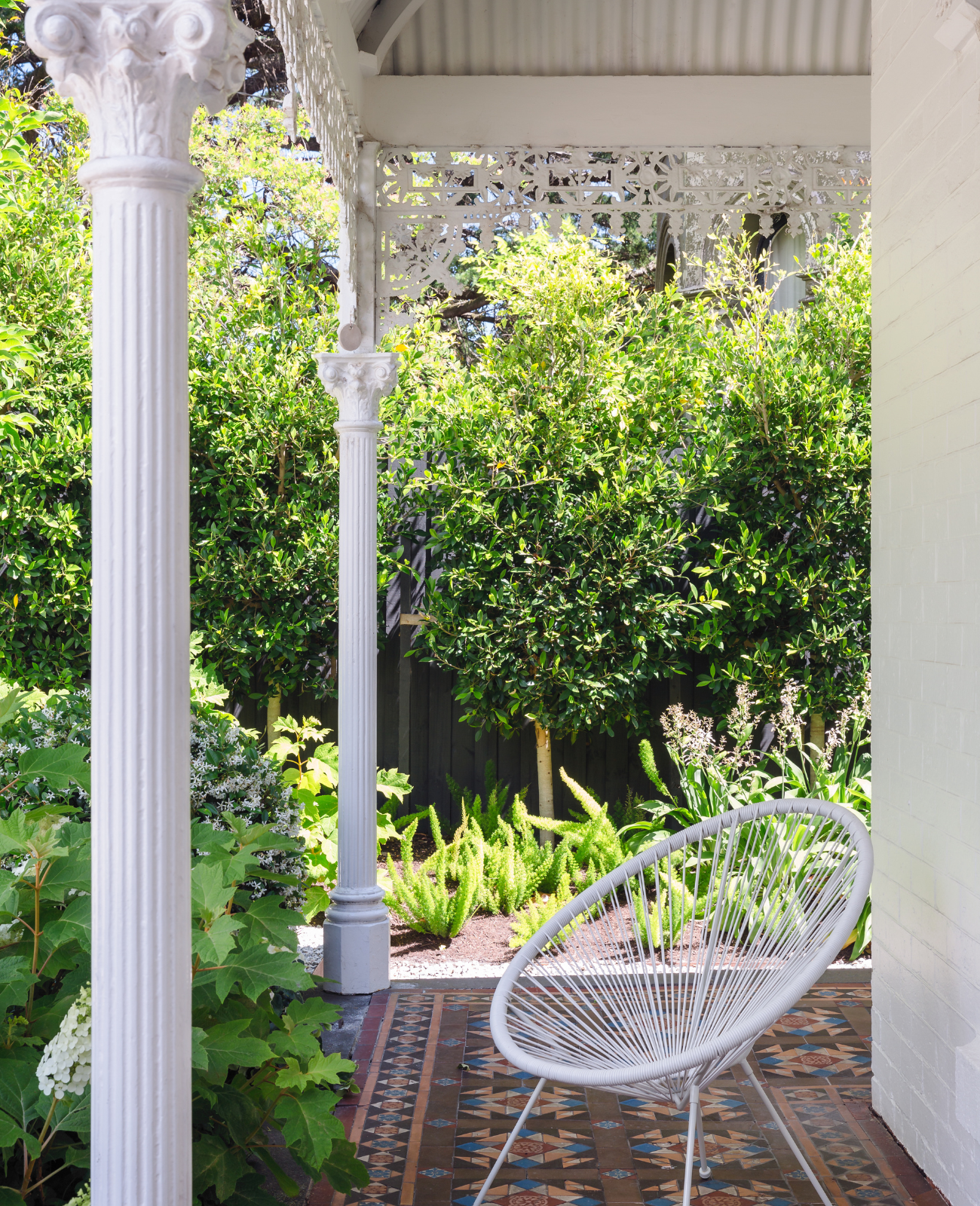
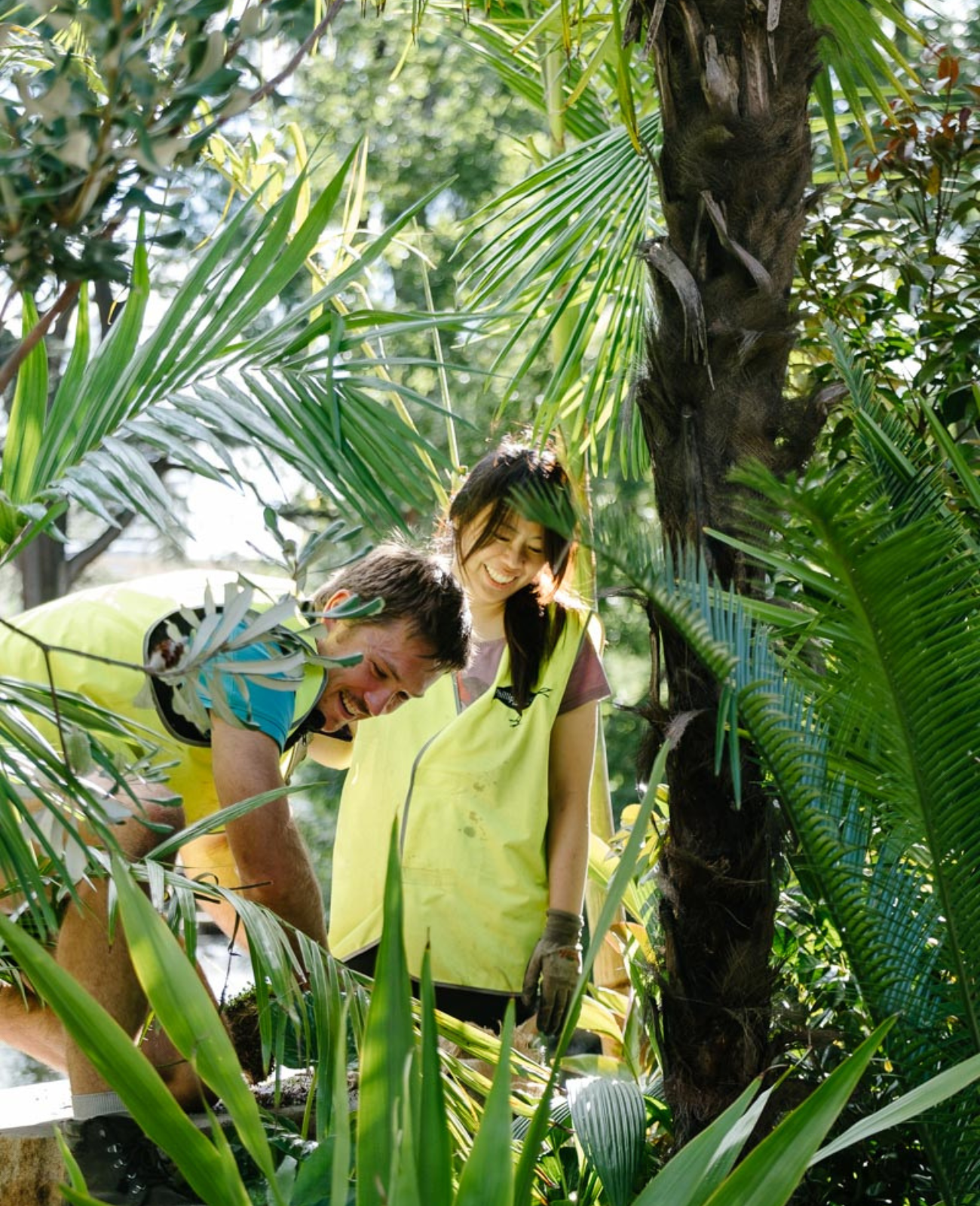
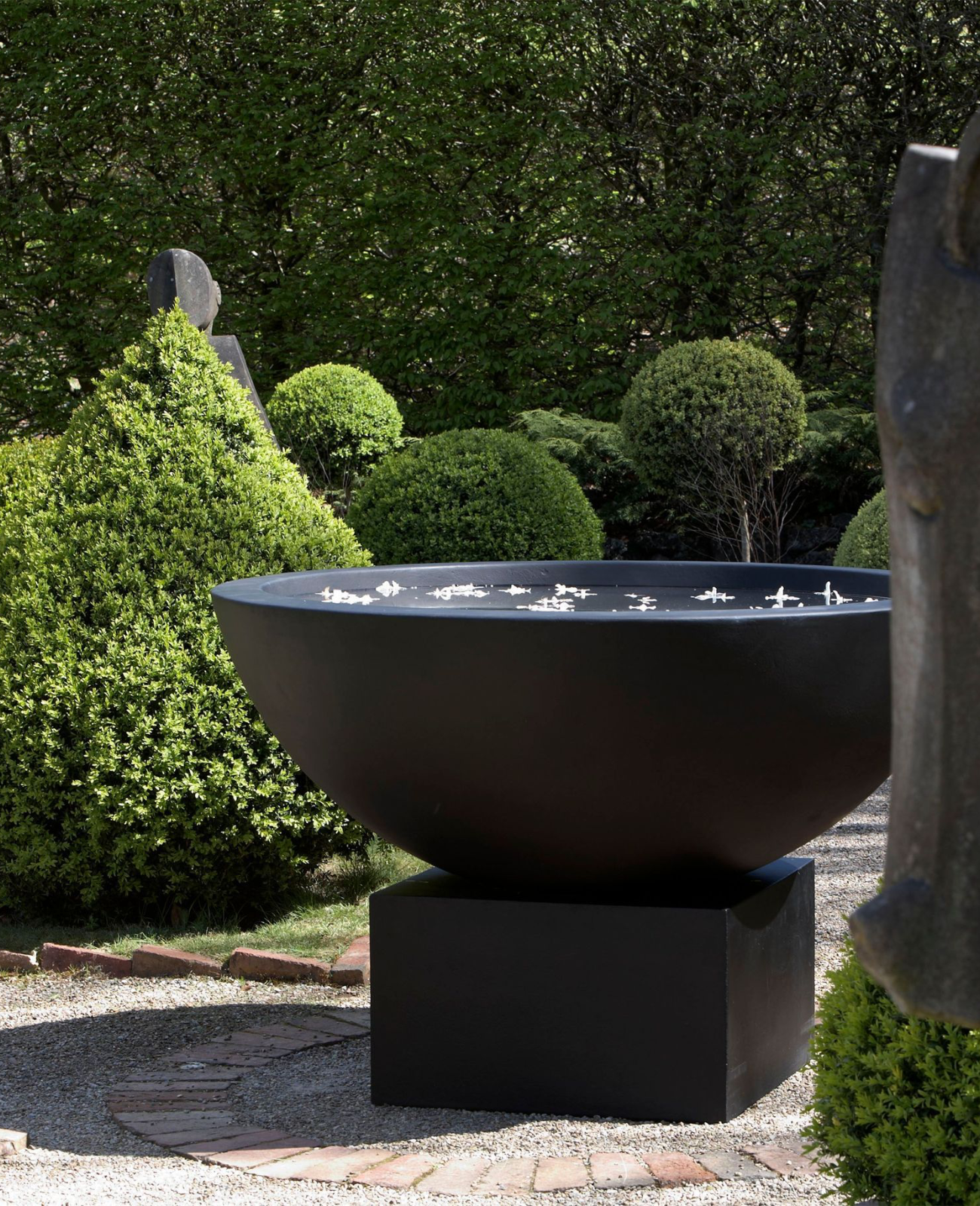
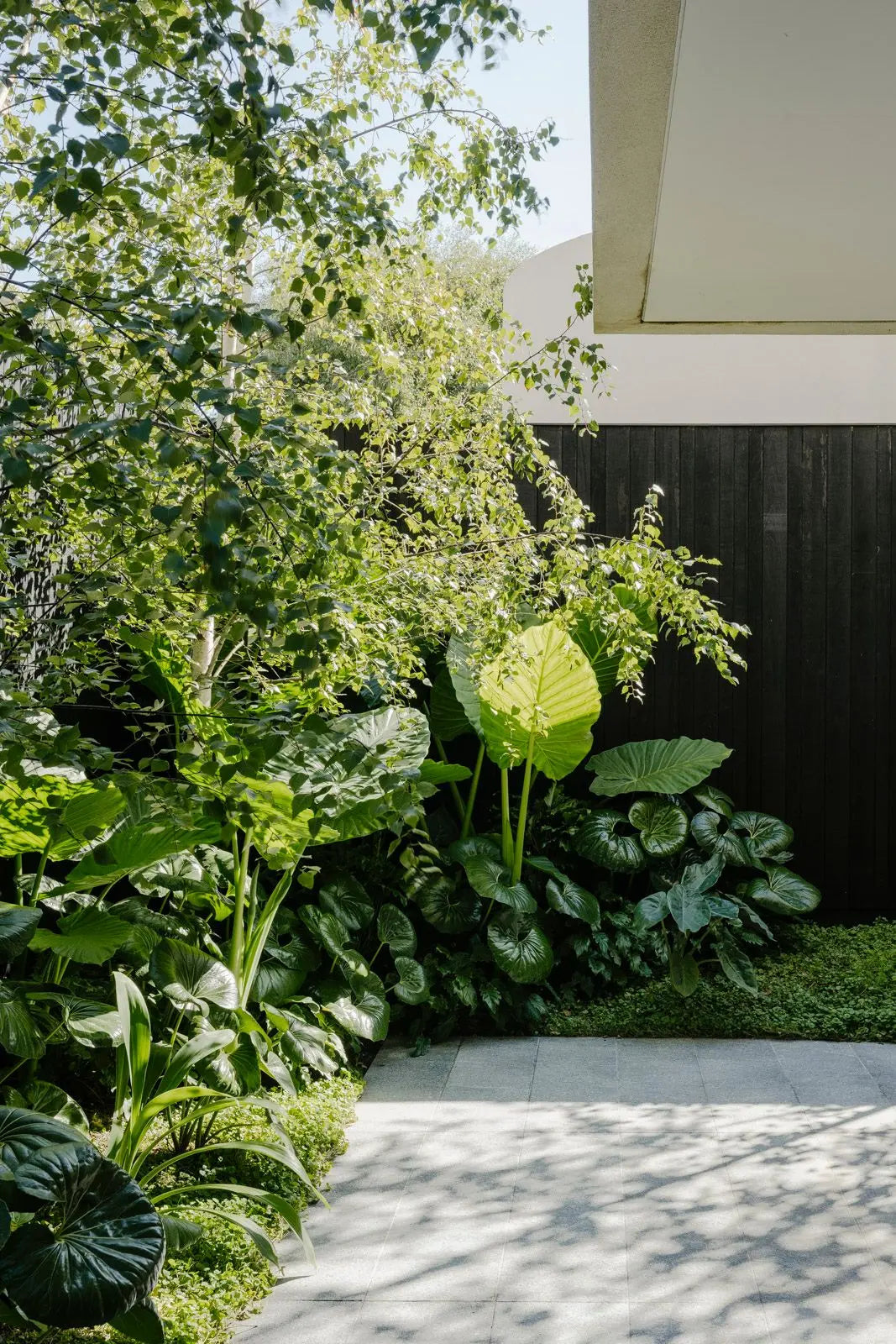
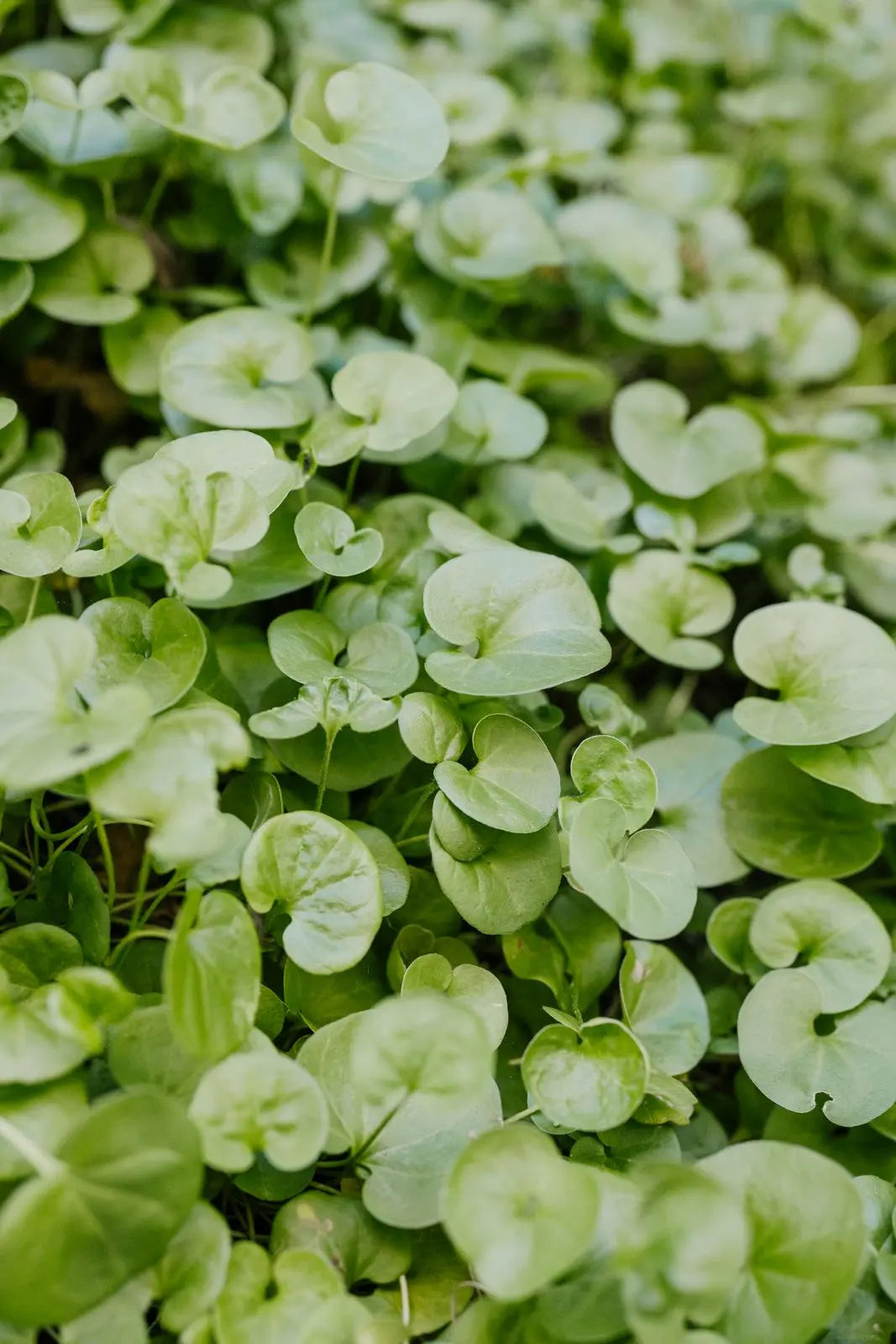
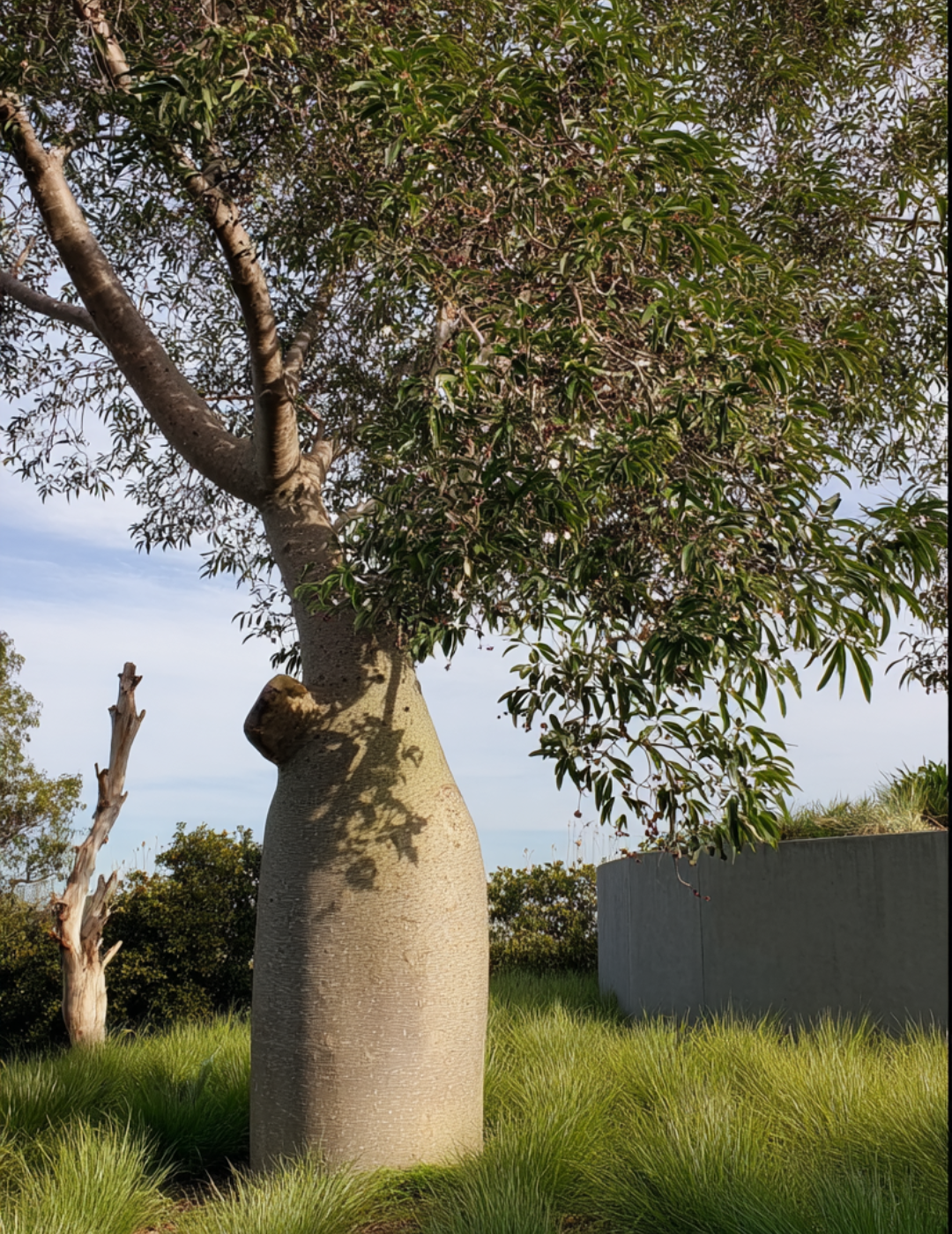
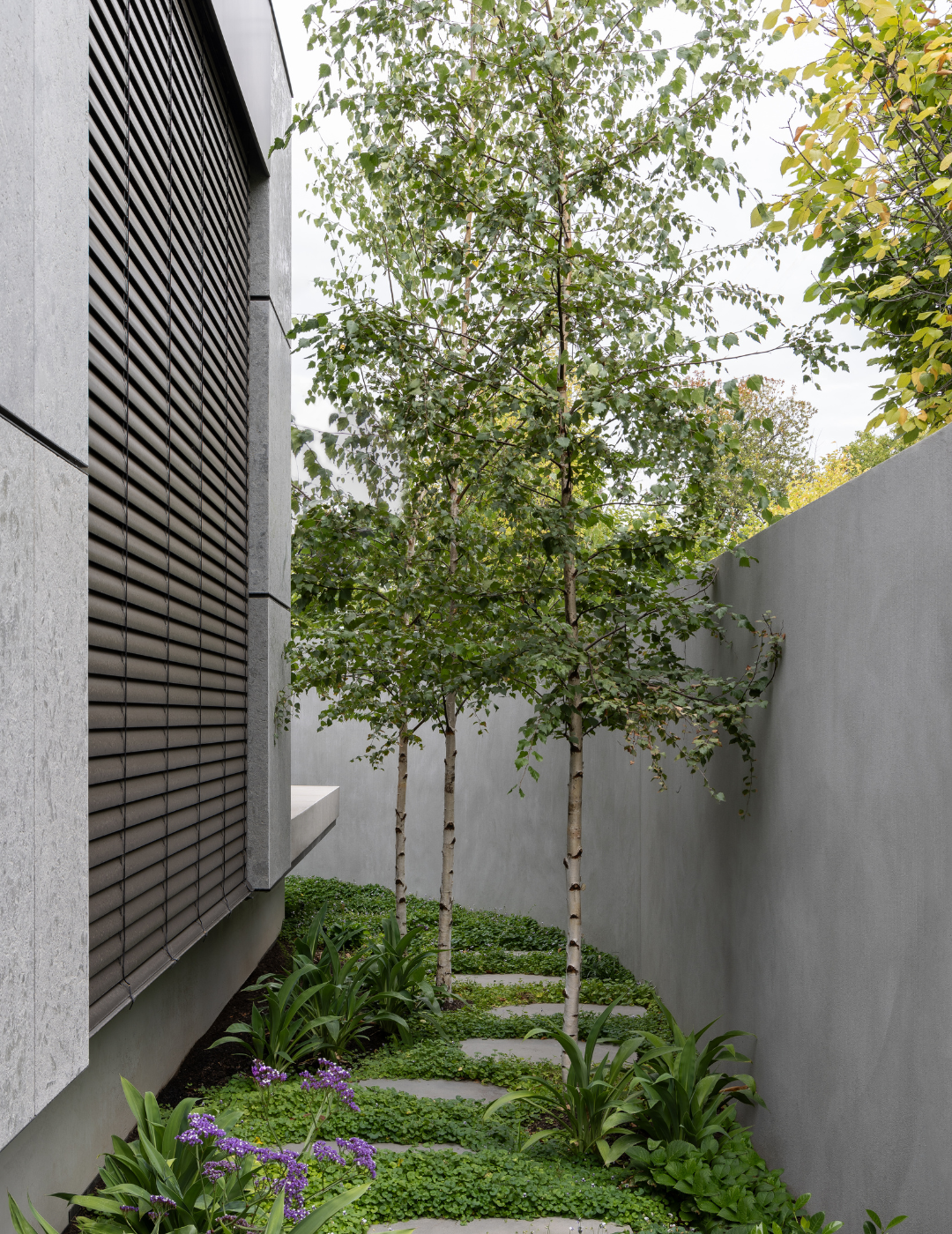
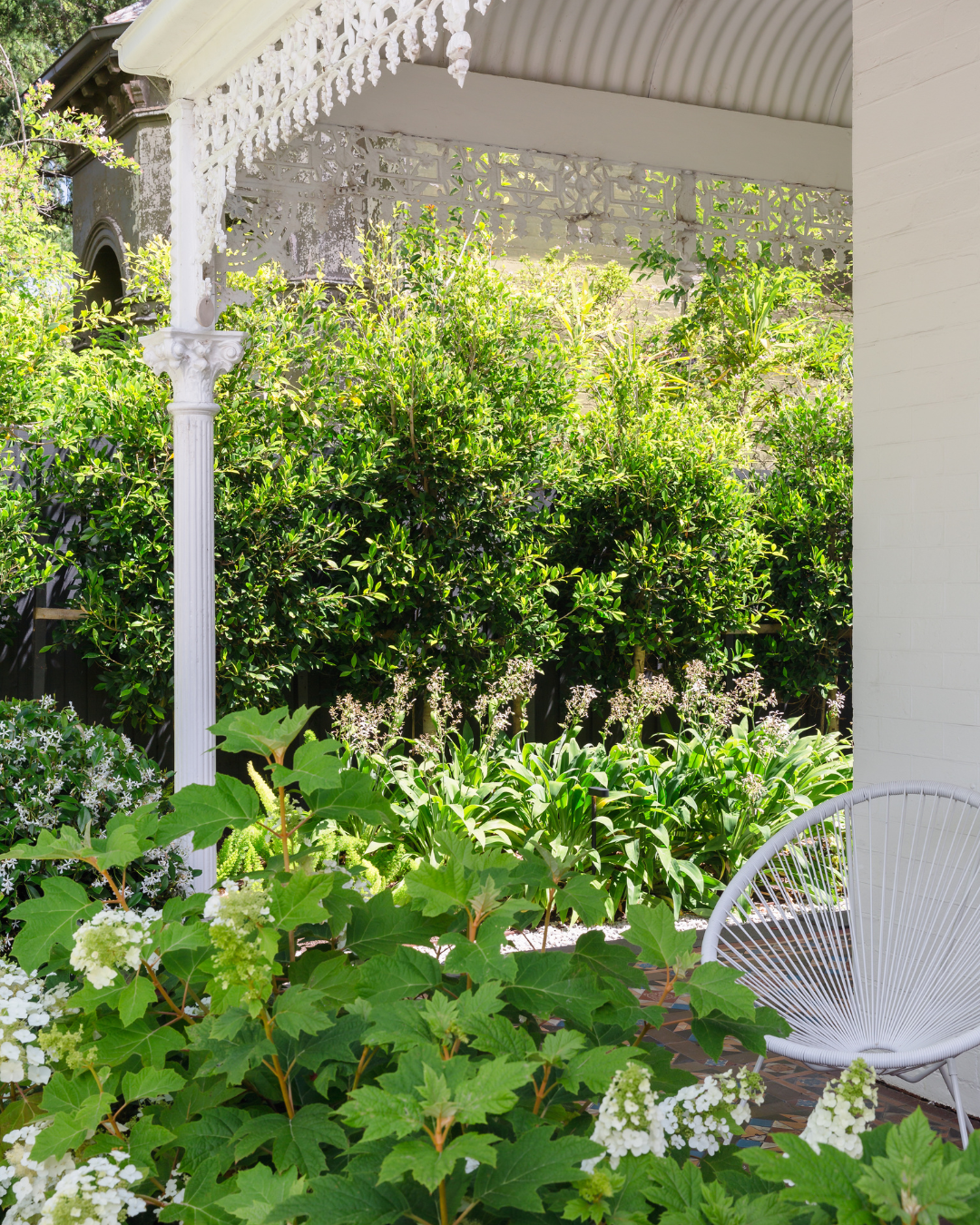
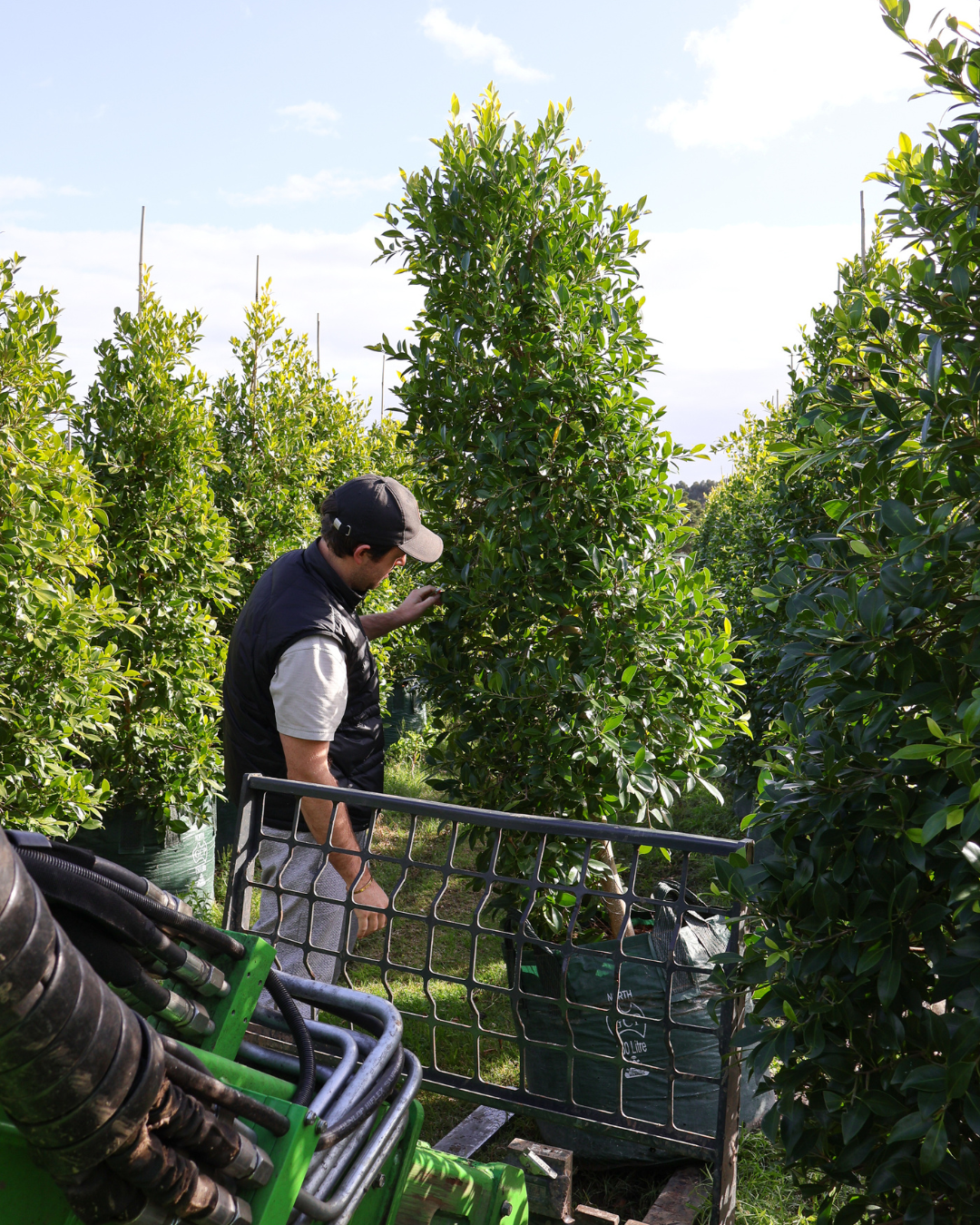
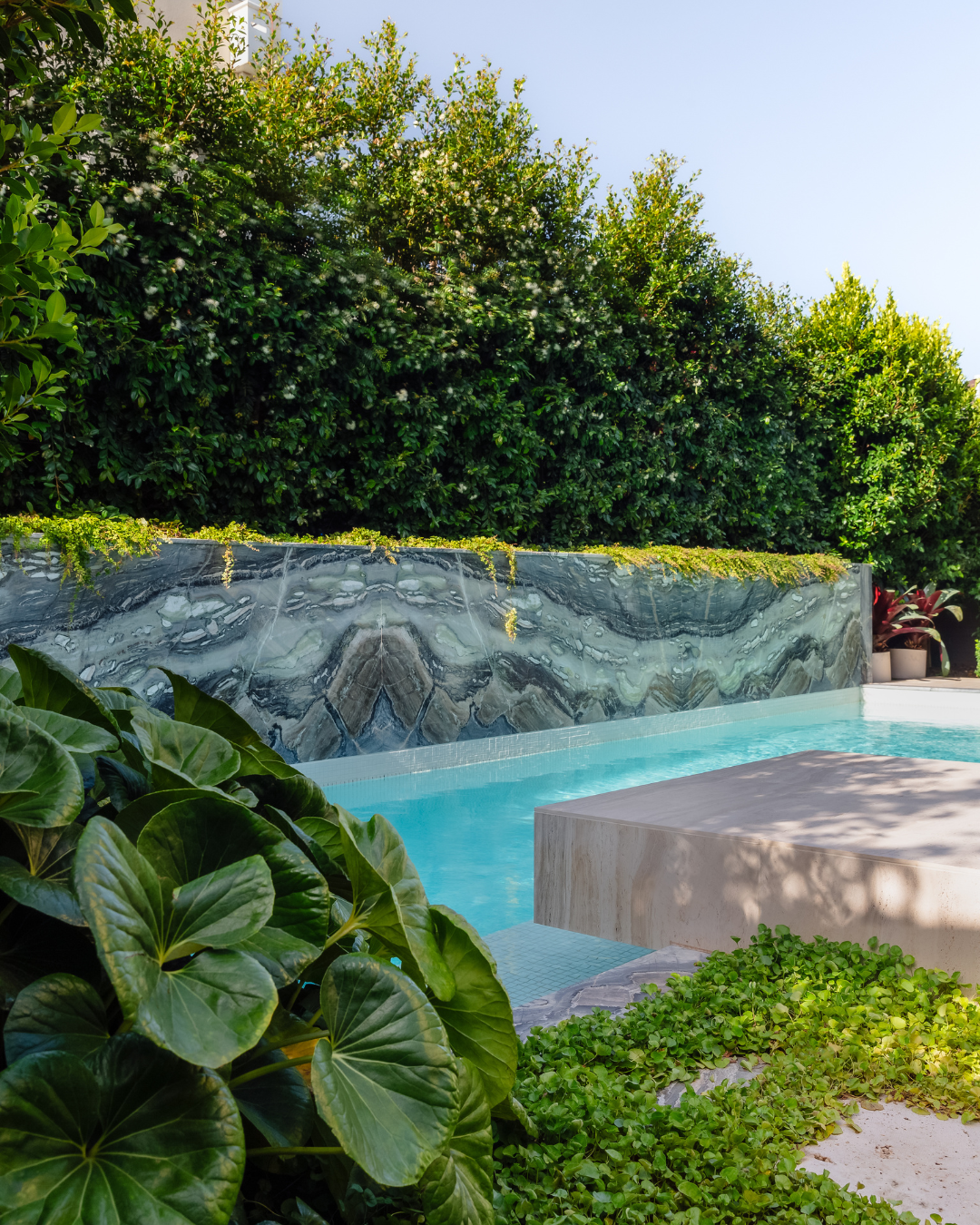
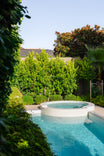
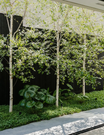
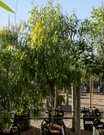
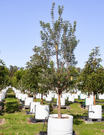
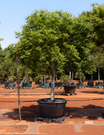
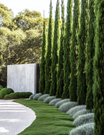
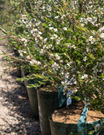
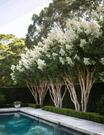
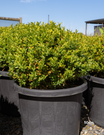
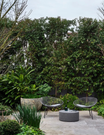
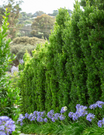
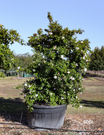
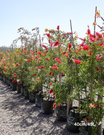
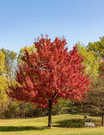
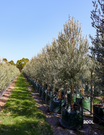
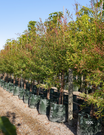
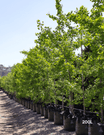
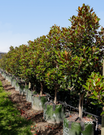
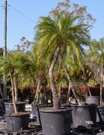
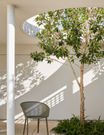
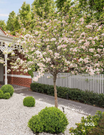
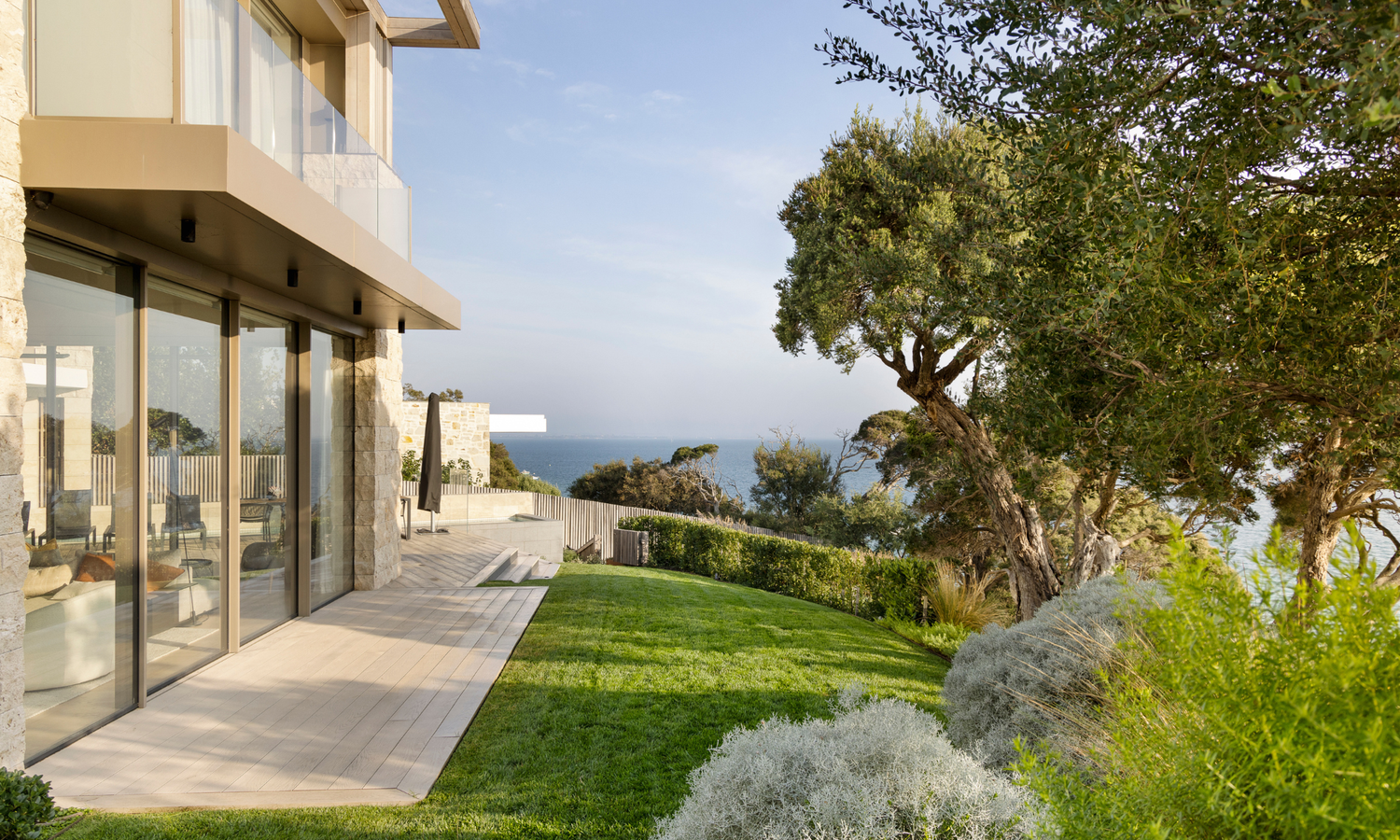

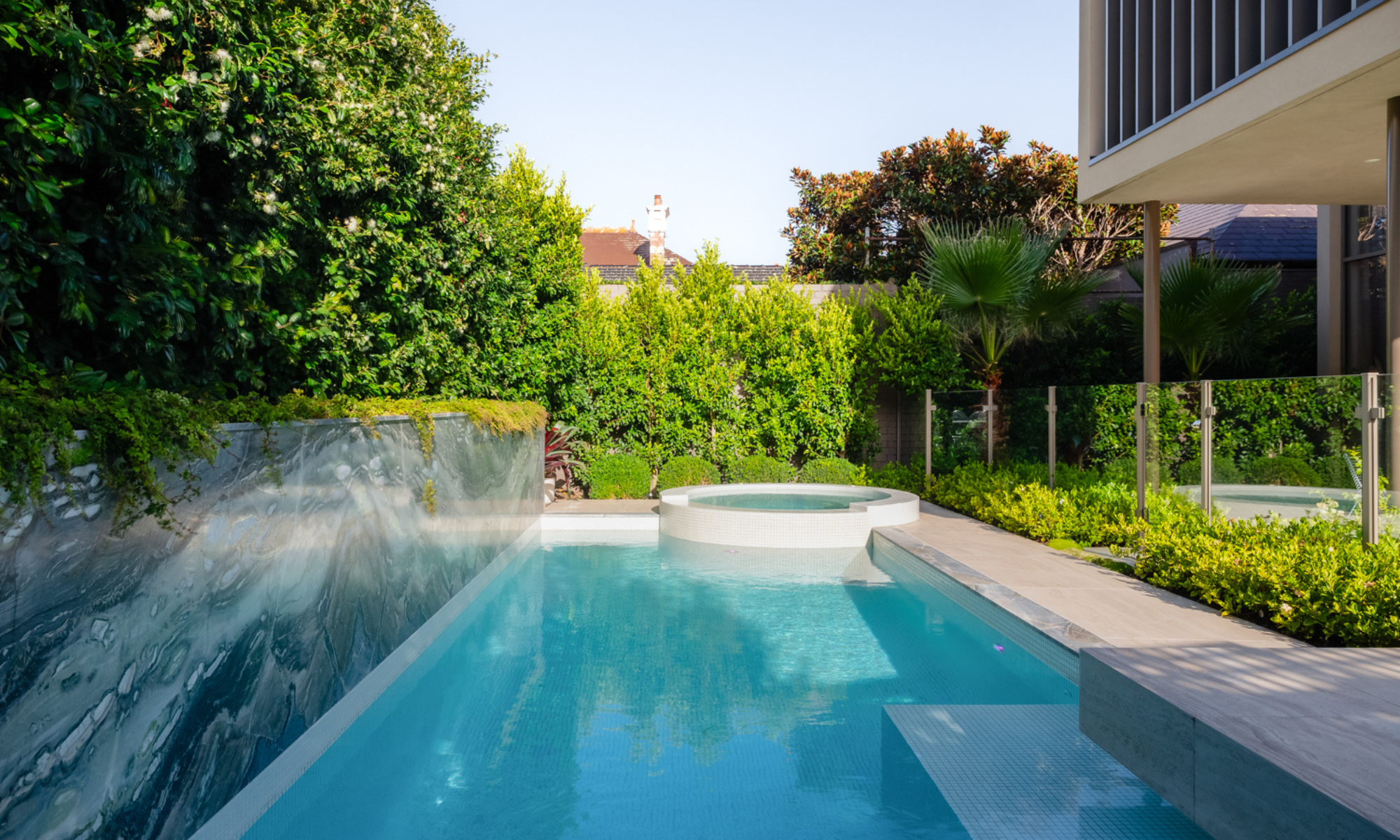


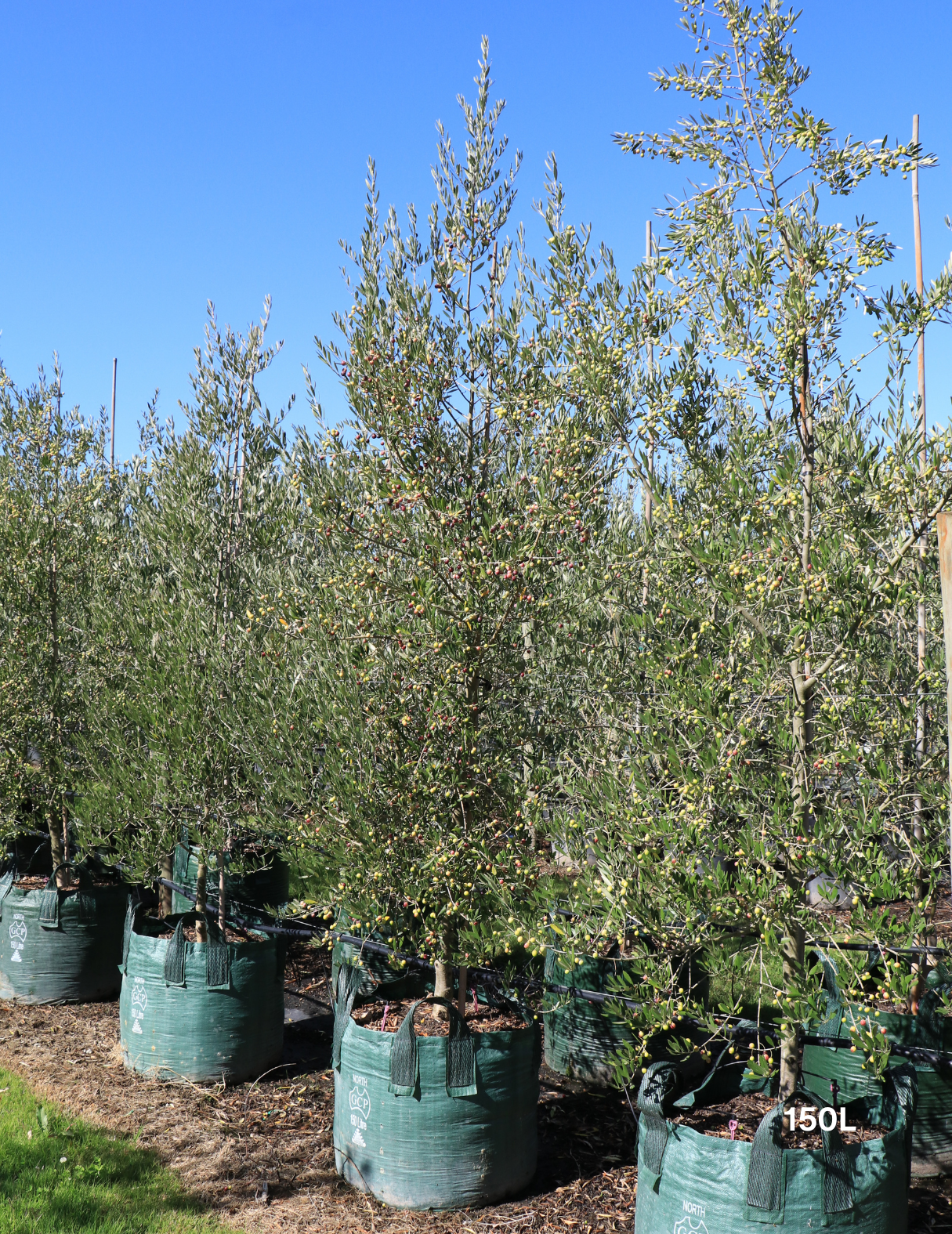
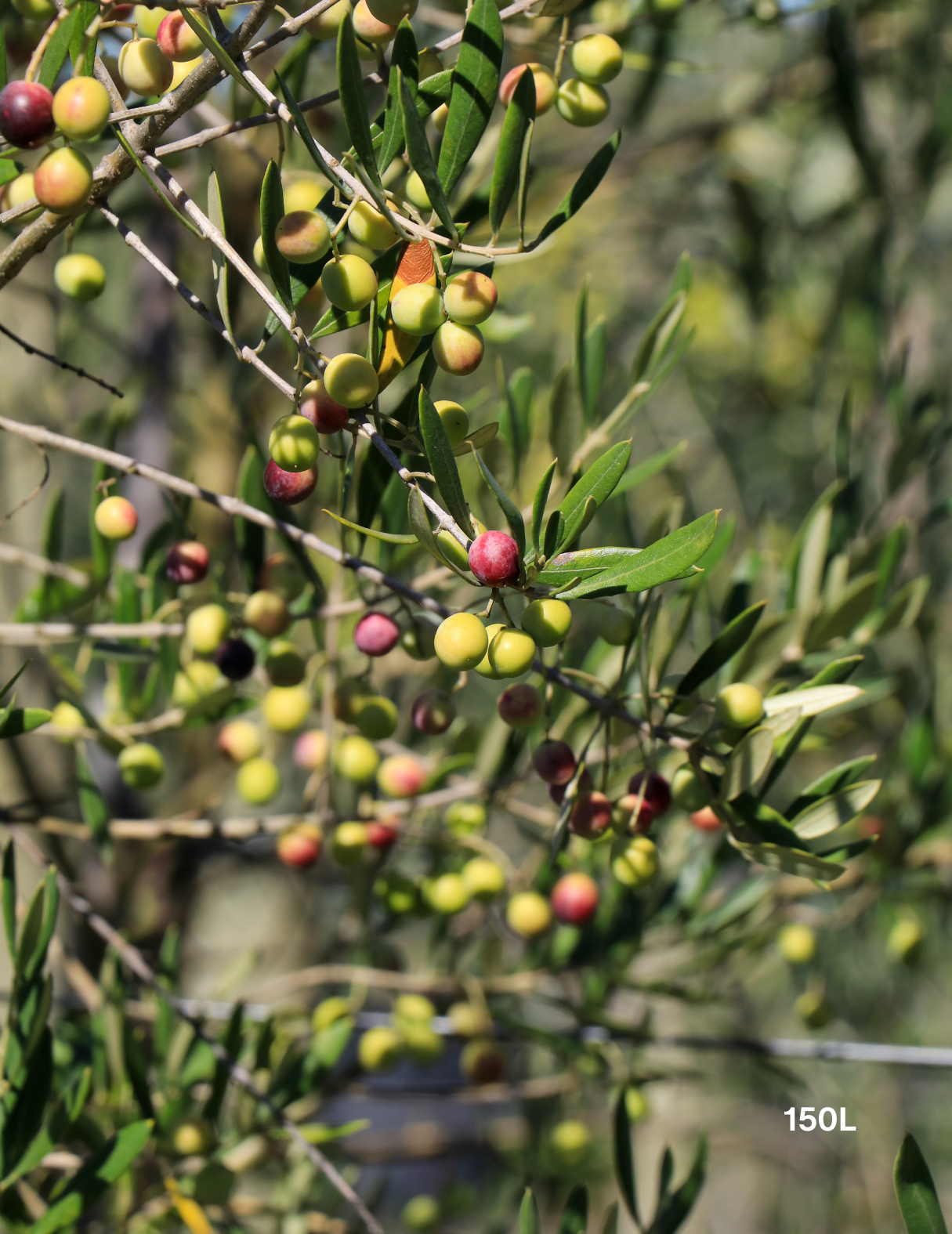
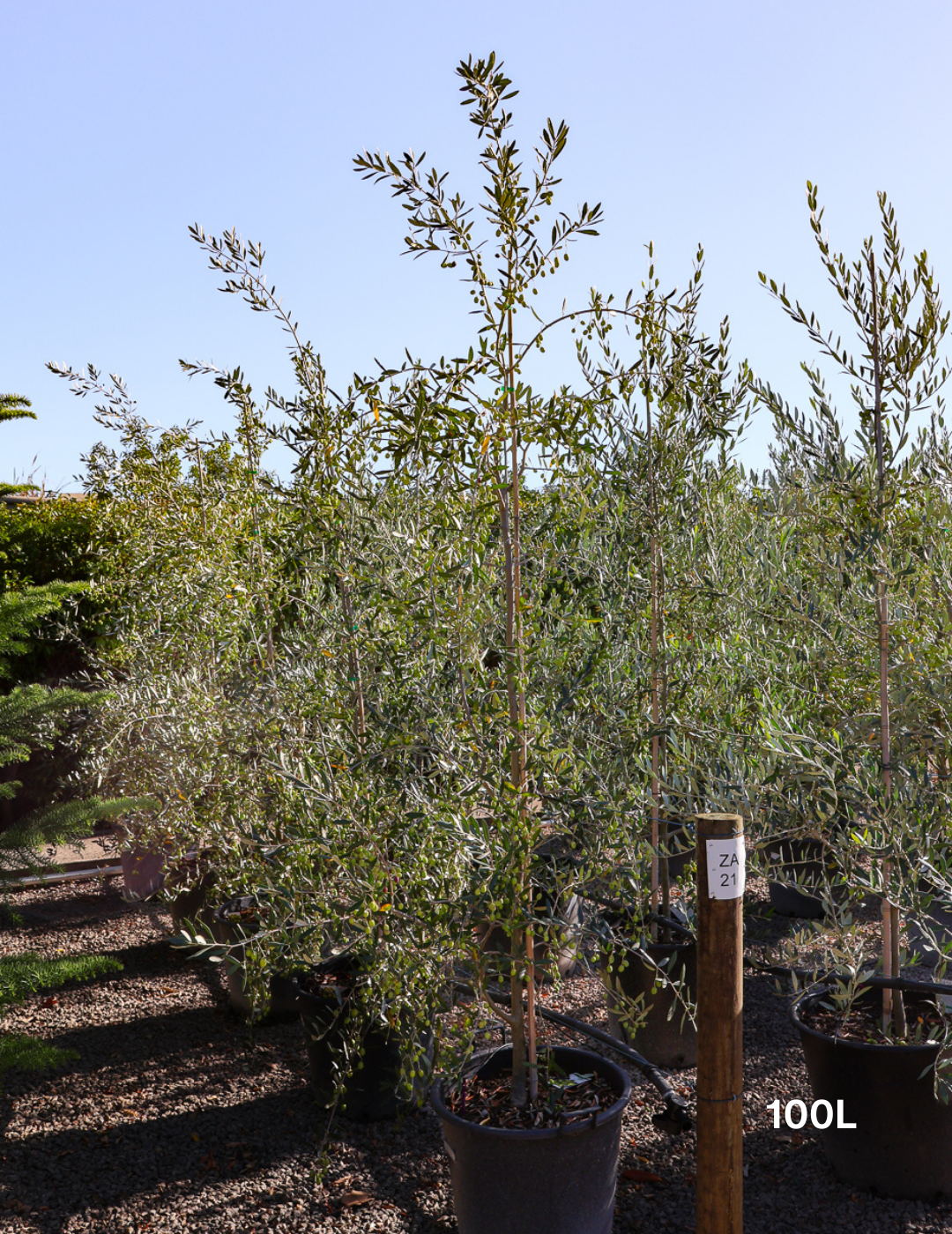
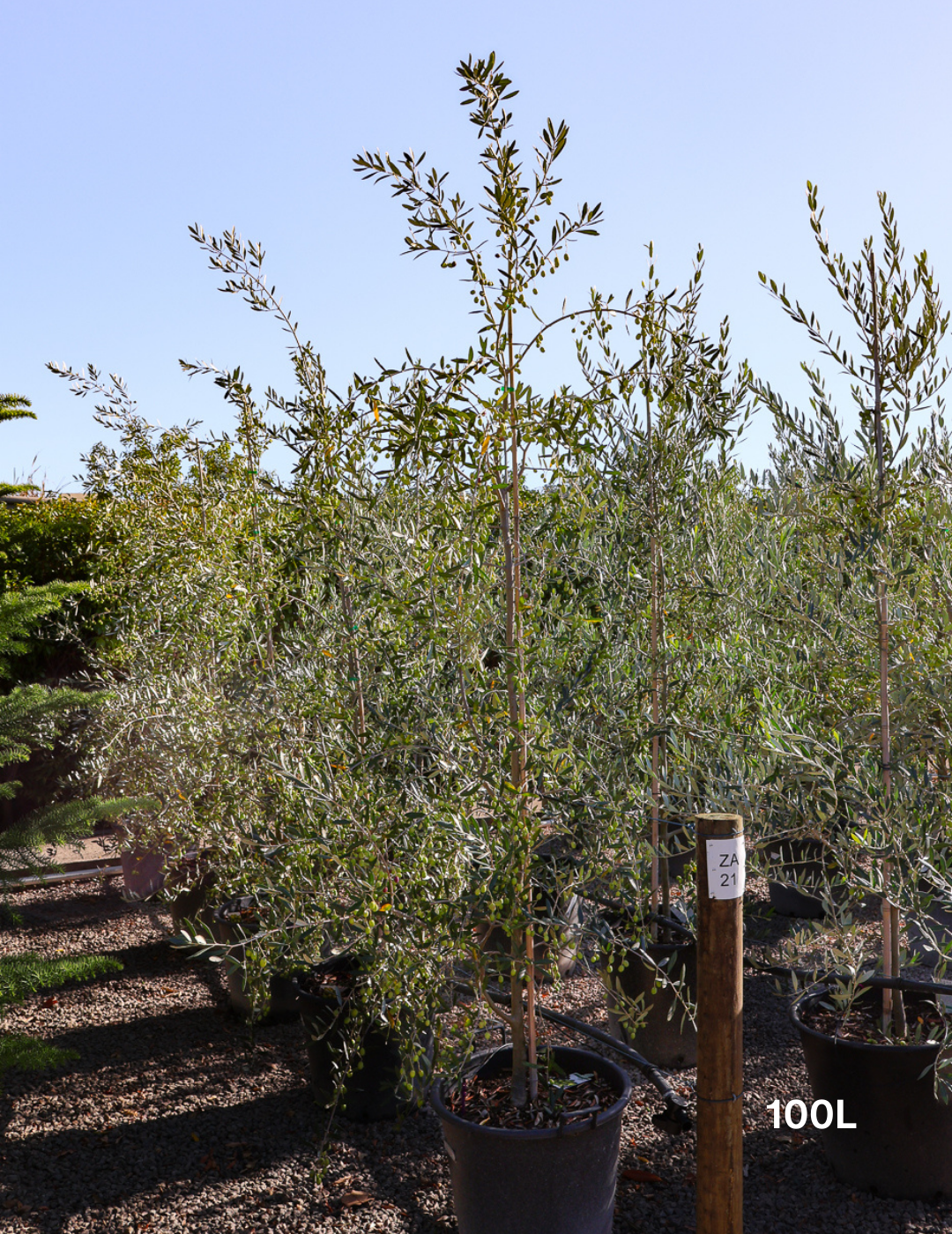
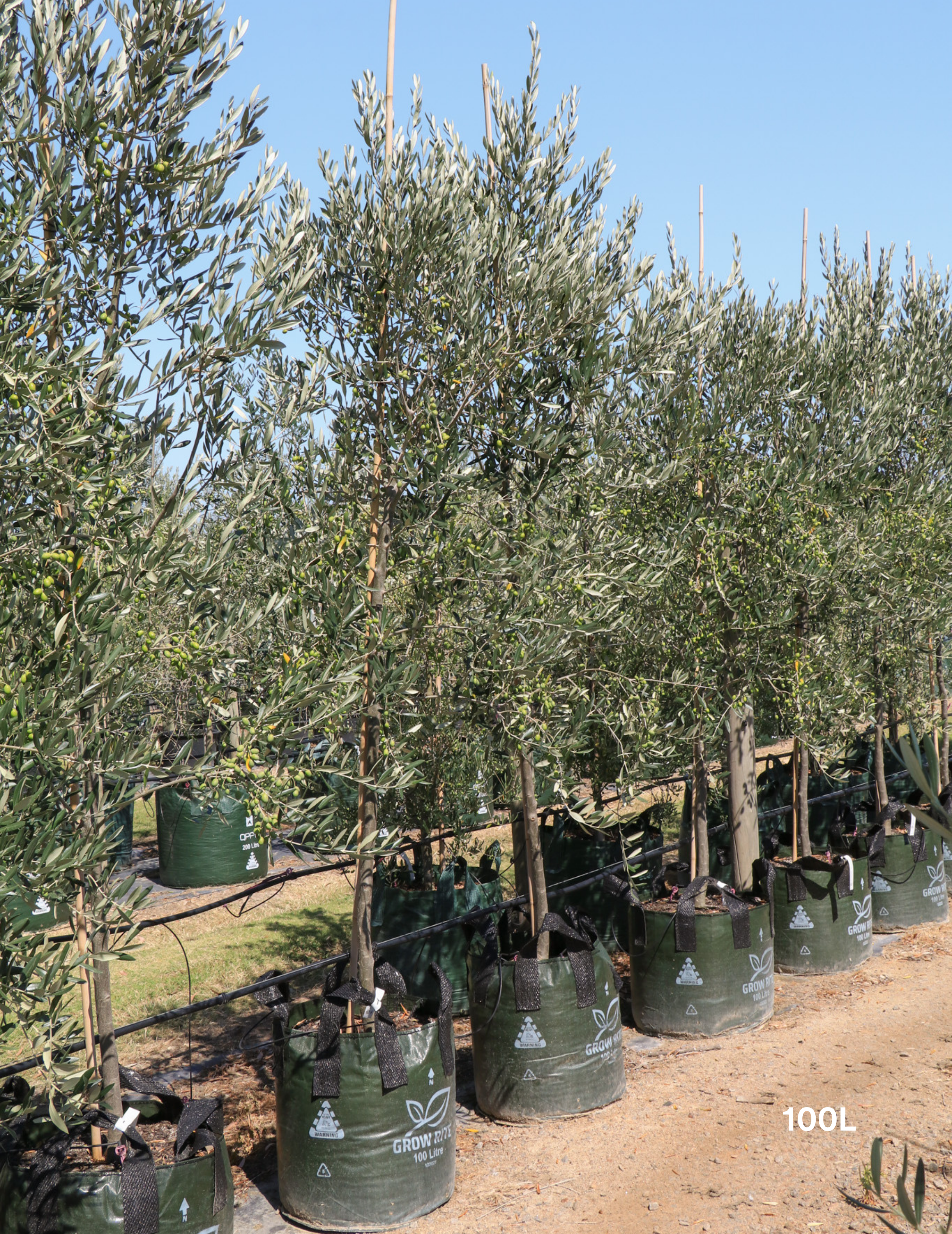
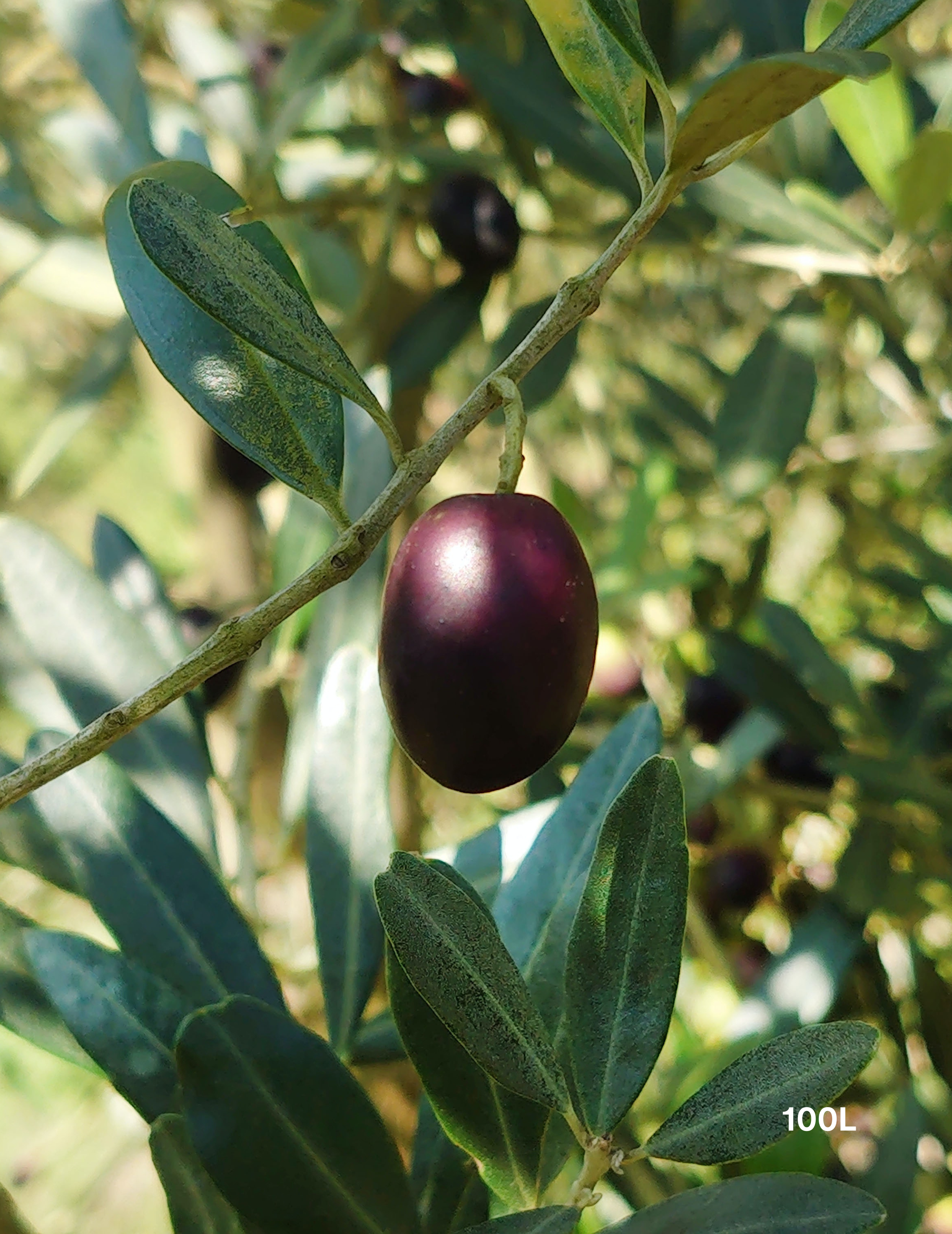
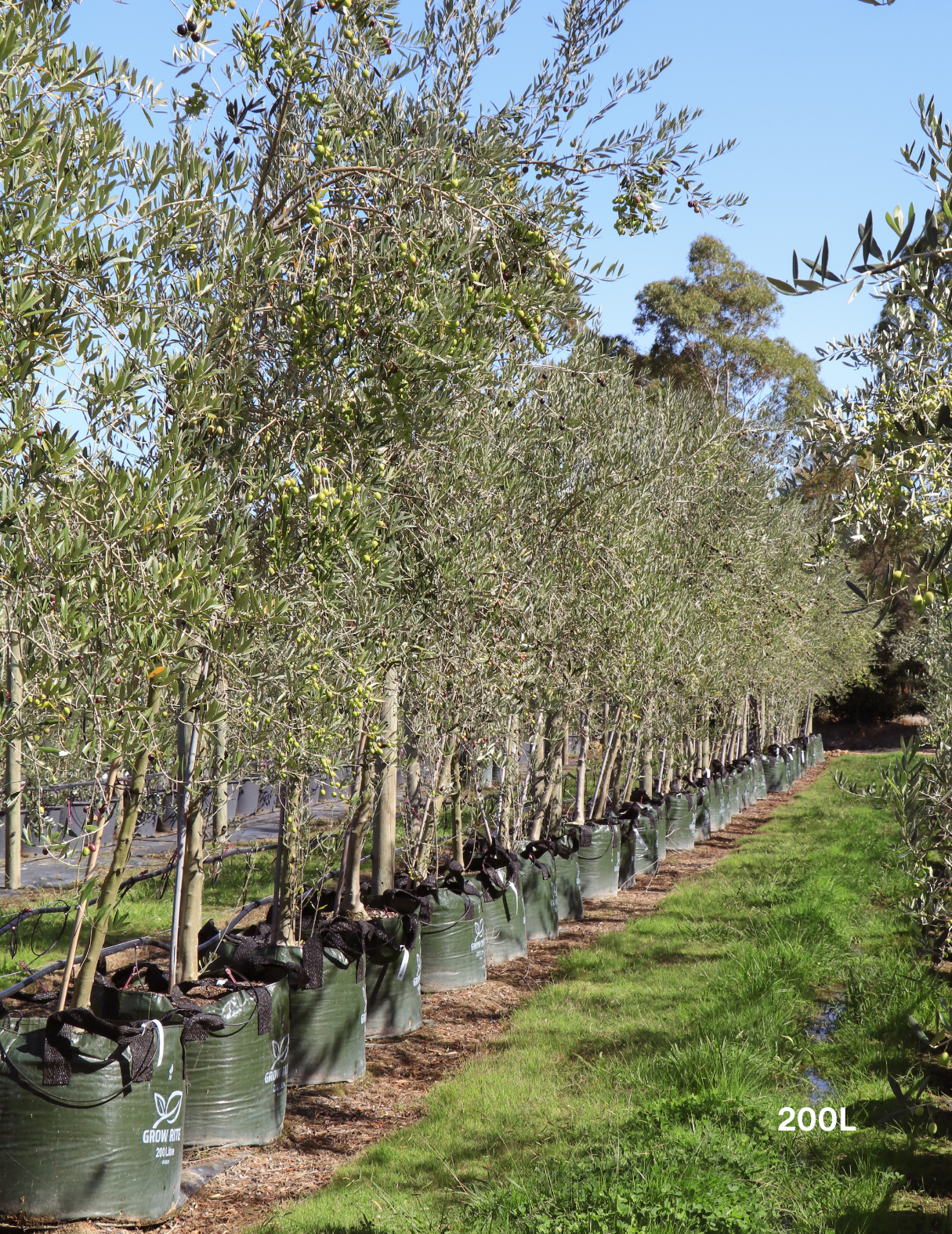
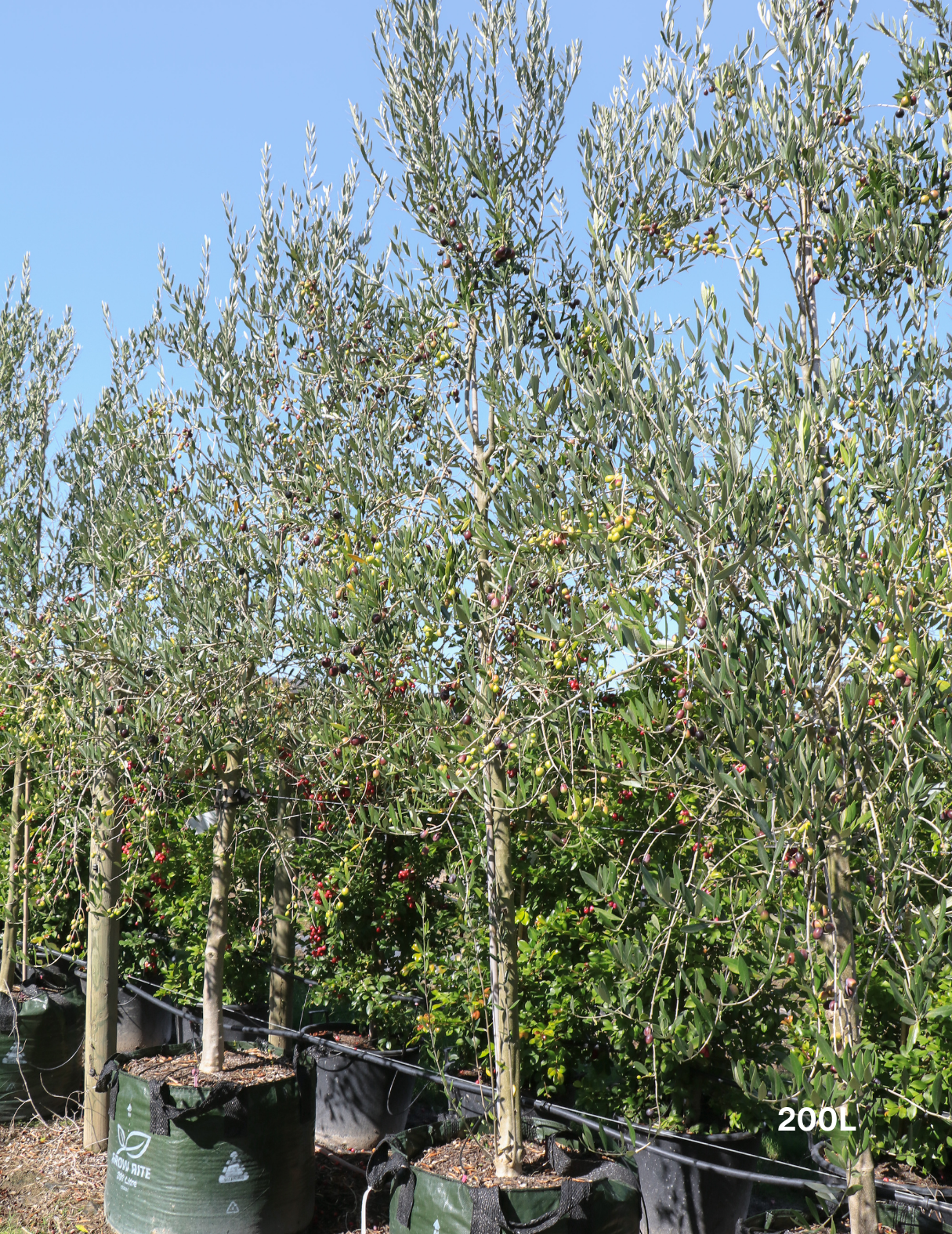
Leave a comment
This site is protected by hCaptcha and the hCaptcha Privacy Policy and Terms of Service apply.